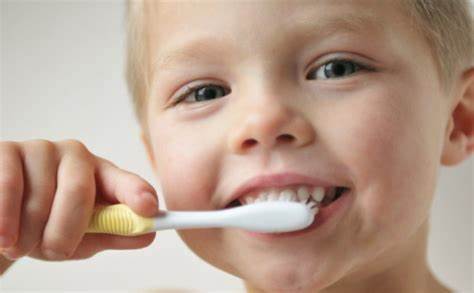Protect your child's teeth with a sealant

A good way to add a protective layer to the molars to prevent tooth decay is to use a sealant. This protective layer of thin plastic or other dental material adheres to the chewing surface of the molars, helping to prevent the deposition of food particles and bacteria in all of these small cracks. Sealants help prevent void formation and have been shown to reduce the risk of rot by almost 80% (but are not a substitute for regular brushing and flossing!).
Children are advised to use dental sealants when permanent dental caries are completely erupted. Adolescents and adults who have no cavities can also use sealants to help prevent future cavities.
According to the report released by the Centers for Disease Control in October 2016, “Children of school age without sealants have almost three times more cavities than children who use sealants.”
Tooth raincoat
At any given moment, the mouth is filled with bacteria, which, when combined with food/beverage granules, produce acid, forming holes in the teeth – that is, cavities. Sealants help prevent food particles and bacteria from getting into your teeth, just as raincoats keep you dry during storms.
The sealant can be used prophylactically prior to forming the cavity. They usually last a few years before they need to be reapplied. Your dentist will check your sealant during your regular two-year inspection. Some dental plans even cover this process, so be sure to check with your doctor. Even though it is not a coverage service, the application of sealants is usually a fairly inexpensive treatment than fillers and other decay fixes, and is definitely worth considering as a long-term cost savings.
YOU MAY ALSO LIKE



